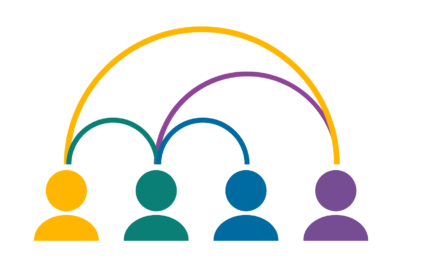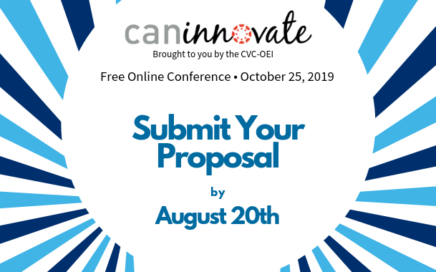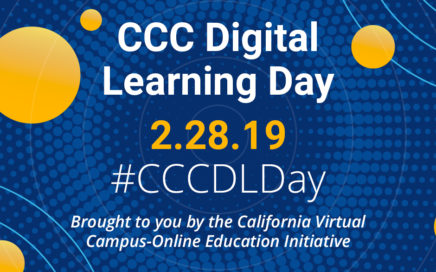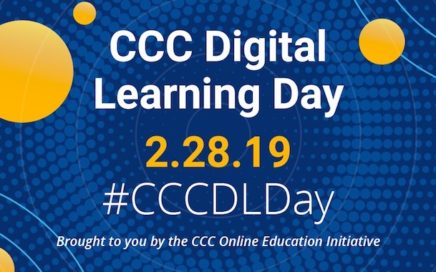
Category Archives: Online Teaching
The ideas and practices shared in the Online Teaching Showcase are aligned with the @ONE Quality Online Teaching Principles. Peruse the resources below and explore our dynamic collection of conversations, how-to videos, and written reflections from faculty across the California Community College system.


A Principled Online Teaching Journey: Part 1
This article is part one of a two-part series. The next part will include a showcase of faculty capstone projects from the CVC/@ONE Advanced Certificate in Online Teaching Principles. I […]

Teaching Matters
Professional development plays a critical role in improving the teaching and learning environments of the diverse students we serve in the California Community College system. To put it plainly: teaching […]

Online Proctoring – Impact on Student Equity
As more courses are taught online, educators must transform their traditional assessments or risk exacerbating equity gaps through the use of online proctoring.

Student-Student Interactions Professional Development Guide
Why are student-student interactions so important in an online course and what strategies are most helpful to cultivate them?

Present at Can•Innovate 2019 – no travel required!
Can•Innovate 2019, a free online conference brought to you by the CVC-OEI for the California Community College system, will be held on Friday, October 25, 2019. The call for proposals is now open.

Recap of CCC Digital Learning Day 2019
One year ago, CVC-OEI/@ONE held our first free, online conference, CCC Digital Learning Day. On February 28, 2019, this event was held for a second time. Our move away from […]

Incentivize! Don’t Penalize: Revisiting Late Policies for Online Students
Coming from a culture of storytellers, I’d like to share a story that inspired this post. I was at my local supermarket in the northeast side of Los Angeles when […]

Zooming to New Heights of Student Engagement
Identify at least two ways using Zoom for orientations can increase learner engagement and student success.

Register Now for CCC Digital Learning Day: Free, Online Conference
In October, more than 1,100 educators across California’s community colleges and beyond joined us for Can•Innovate. We are happy to announce that our next free, online conference, CCC Digital Learning […]

Modality Doesn’t Matter
When I signed up for the @ONE suite of courses for the Advanced Certificate in Online Teaching Principles, I didn’t expect they would help me to improve my on-campus classes. […]

Learning from Students Who Use #EdTech
If students could ask their college instructors to do one thing, what would it be? What makes a good online class? This student panel archive has these answers and more!
